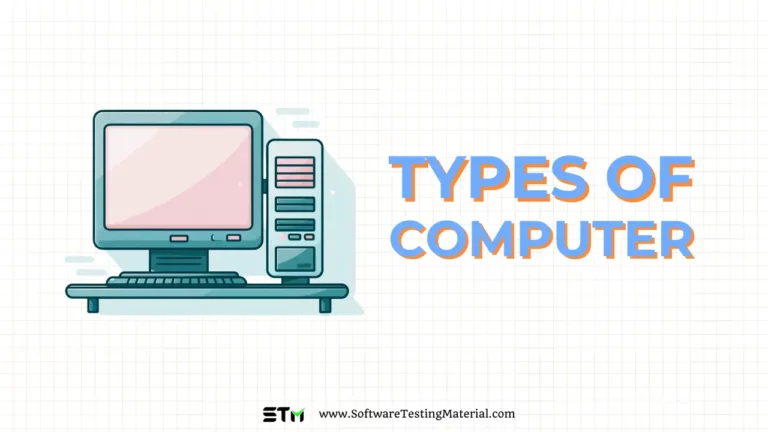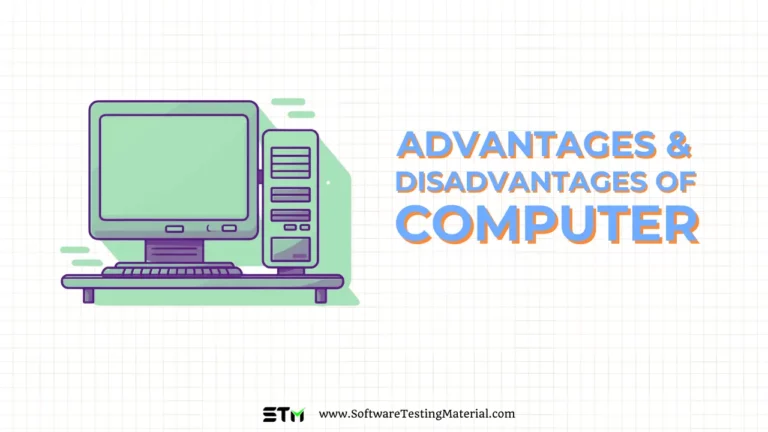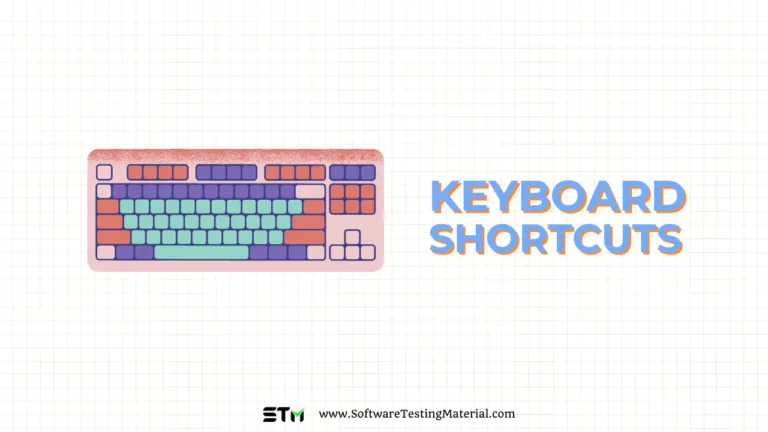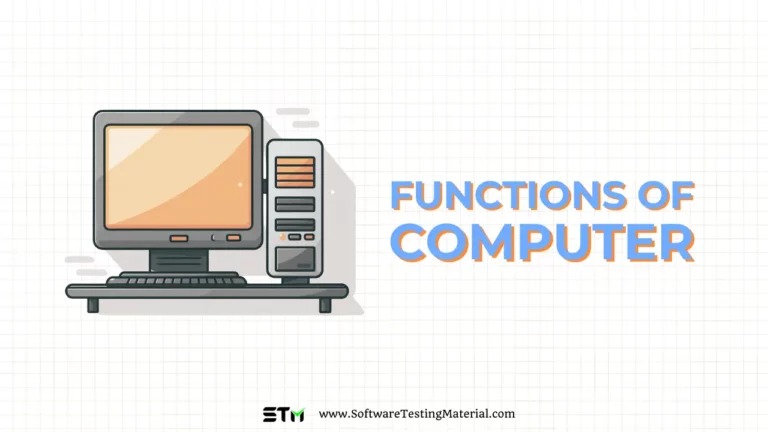Computer Software: Explained In Detail
In today’s digital age, computer software plays a crucial role in the functioning of various devices and systems. While hardware forms the physical components of a computer, software can be considered the invisible layer that drives the actual operation of these machines. From the moment we interact with our smartphones, to using sophisticated programs on a desktop computer, software is omnipresent.
Must read: Computer Fundamentals Tutorial

What is Computer Software?
Computer software refers to the collection of instructions, data, or programs used to operate computers and execute specific tasks. It is a broad term that encompasses various types of digital programs, ranging from operating systems, which control the basic functions of a computer, to applications that perform tasks for users.
The Role of Computer Software in Modern Computing
Computer software is the backbone of modern computing. It enables hardware to perform functional tasks by providing the necessary instructions. Whether it’s browsing the internet, drafting a document, or playing a video game, software makes these activities possible. In the world of businesses, software is integral to running operations efficiently, managing data, and supporting business goals.
History of Computer Software
The history of computer software dates back to the early days of computing in the 1940s. The first computer programs were written in machine language, consisting of binary code understood directly by the computer’s hardware. Over time, programming languages evolved, making software development more accessible and efficient. The 1980s saw the rise of personal computing, leading to a surge in the production and sophistication of software.
Types of Computer Software
- System Software: This includes operating systems like Windows, macOS, and Linux, which manage the hardware and fundamental system operations.
- Application Software: These are programs designed for end-users, like word processors, web browsers, and games.
- Middleware: Software that connects different systems and software applications, allowing them to communicate with each other.
- Development Software: Tools used by developers to create, debug, and maintain other software programs, such as compilers, debuggers, and Integrated Development Environments (IDEs).
How Does Computer Software Work?
Software operates through a complex series of instructions written in programming languages. These instructions are translated into machine language by compilers or interpreters, which the computer’s hardware can execute. Once installed on a computer, software enables the hardware to perform specific tasks, ranging from basic input/output operations to complex computations.
How is Computer Software Distributed?
Software distribution has evolved significantly over the years. Early software was distributed physically through floppy disks and CDs. Today, most software is distributed digitally via the internet, often through websites, app stores, or direct downloads. Types of distribution models include freeware, shareware, and commercial software.
Software vs. Hardware
While hardware refers to the physical components of a computer, software is the intangible component that instructs the hardware. Hardware includes elements such as the CPU, memory, and hard drives, and is comparable to the body of a car. Software, on the other hand, acts like the driver, providing the directions and commands needed to operate the hardware efficiently.
Computer Software Examples
- Operating Systems: Windows, macOS, Linux
- Office Suites: Microsoft Office, Google Workspace
- Web Browsers: Google Chrome, Mozilla Firefox
- Graphic Design Software: Adobe Photoshop, GIMP
- Antivirus Programs: Norton, McAfee
- Games: Fortnite, Minecraft
Security in Computer Software
Security is a critical concern in the realm of computer software. Software vulnerabilities can provide entry points for malicious attacks that can compromise personal data or disrupt services. Developers employ various security measures, such as encryption, regular updates, and secure coding practices, to safeguard software from potential threats.
Future of Computer Software
The future of computer software looks promising with the advancement of technologies such as artificial intelligence, machine learning, and quantum computing. Software is expected to become more intuitive, efficient, and seamlessly integrated into our daily lives. Innovations in cybersecurity will also continue to evolve to protect against increasingly sophisticated threats.
Conclusion
Computer software remains an essential component of modern technology, driving the functionalities of various devices and ensuring smooth operations of numerous applications. Understanding its intricacies, from its history to its future development, highlights the importance of software in our digital world. As technology advances, software will undoubtedly continue to evolve, offering more sophisticated and secure solutions to meet the changing needs of society.






